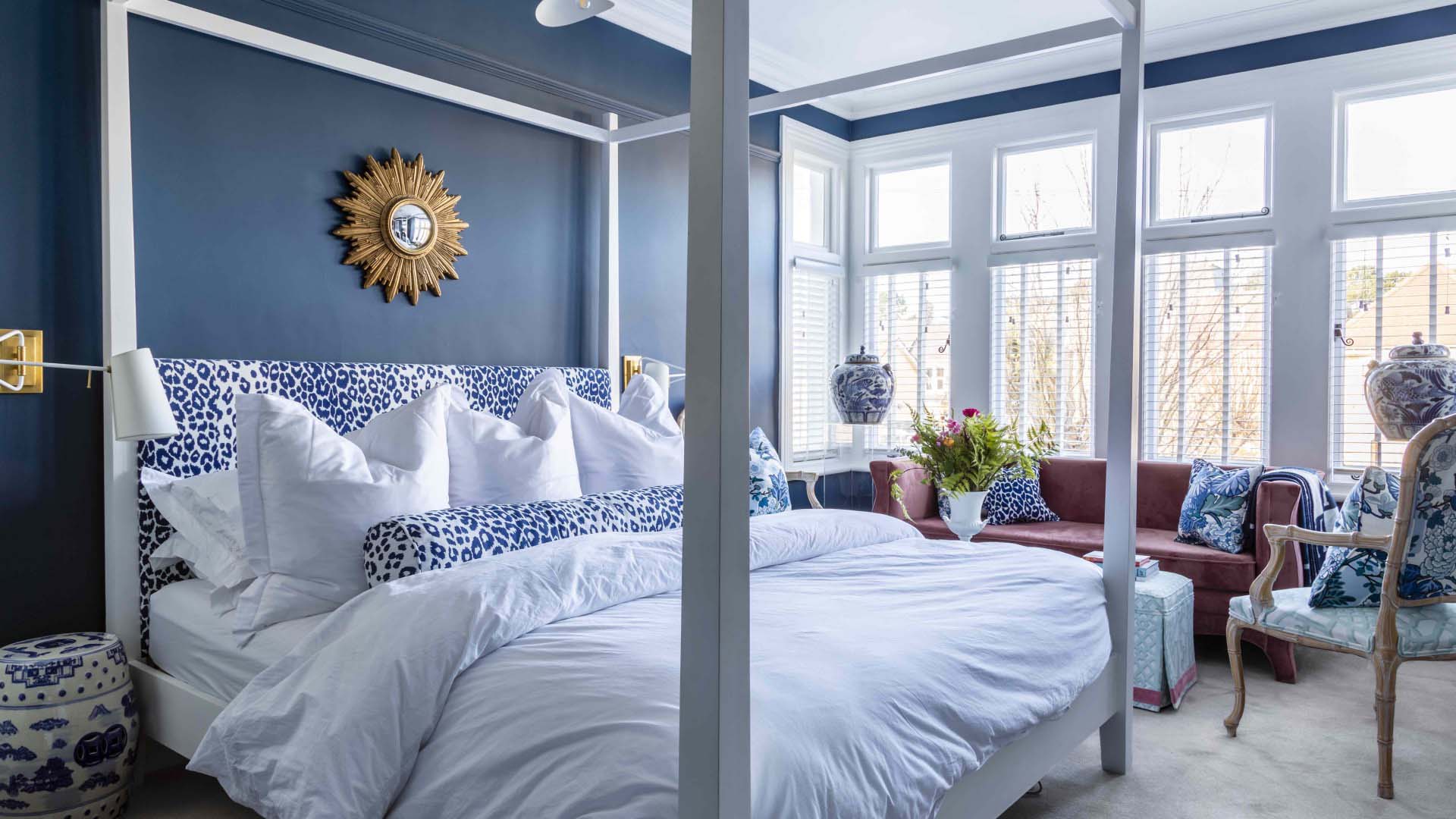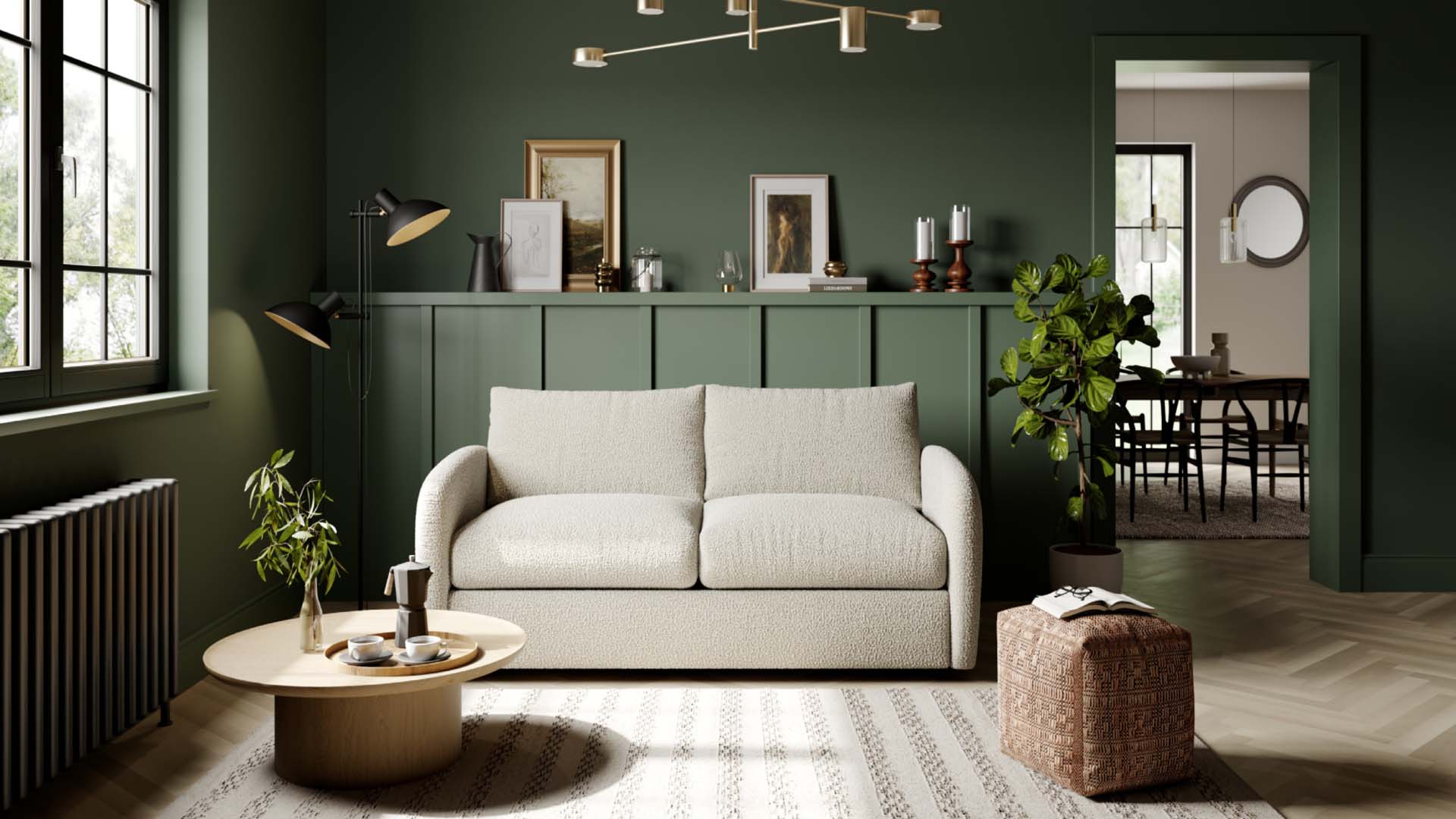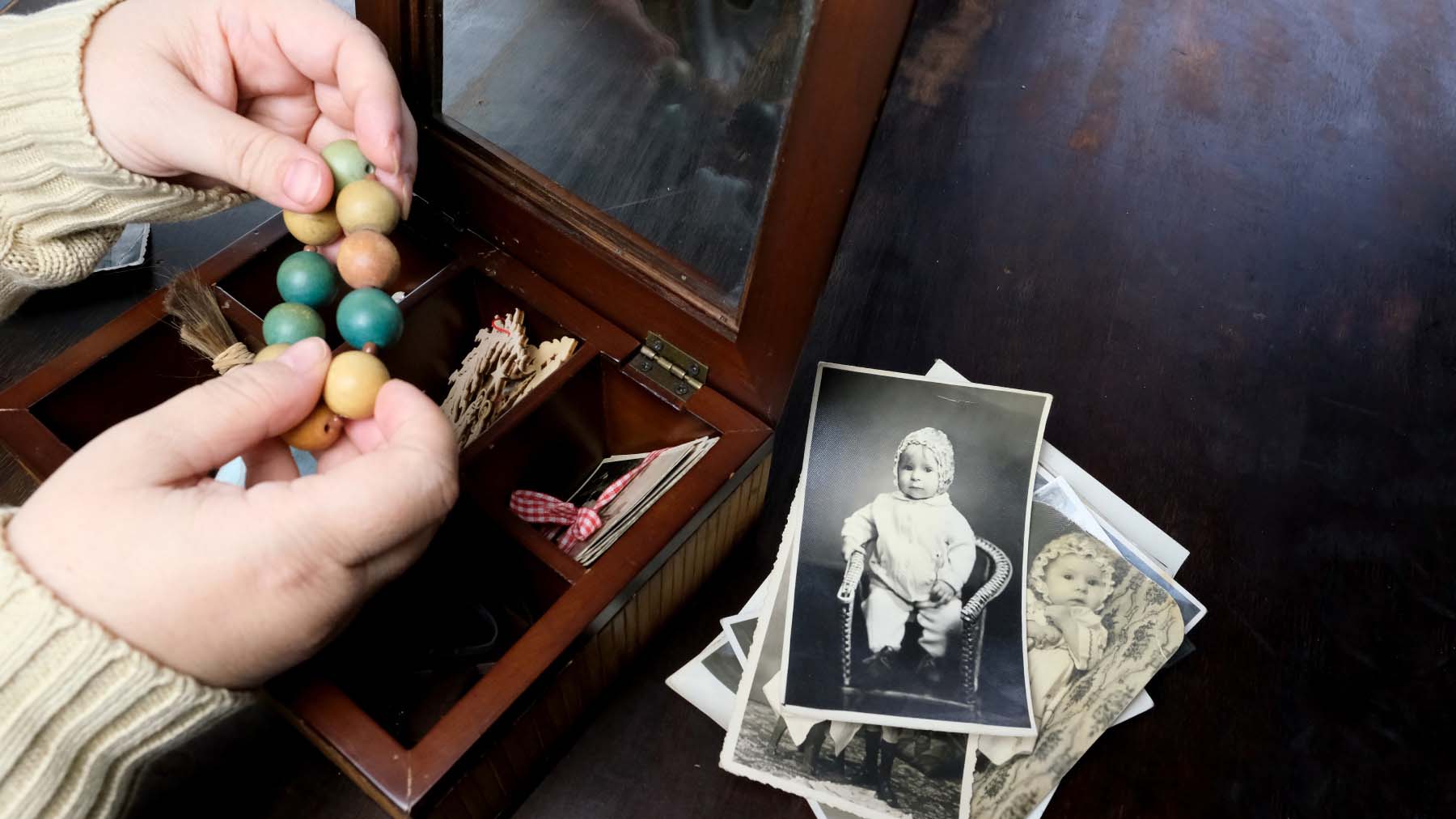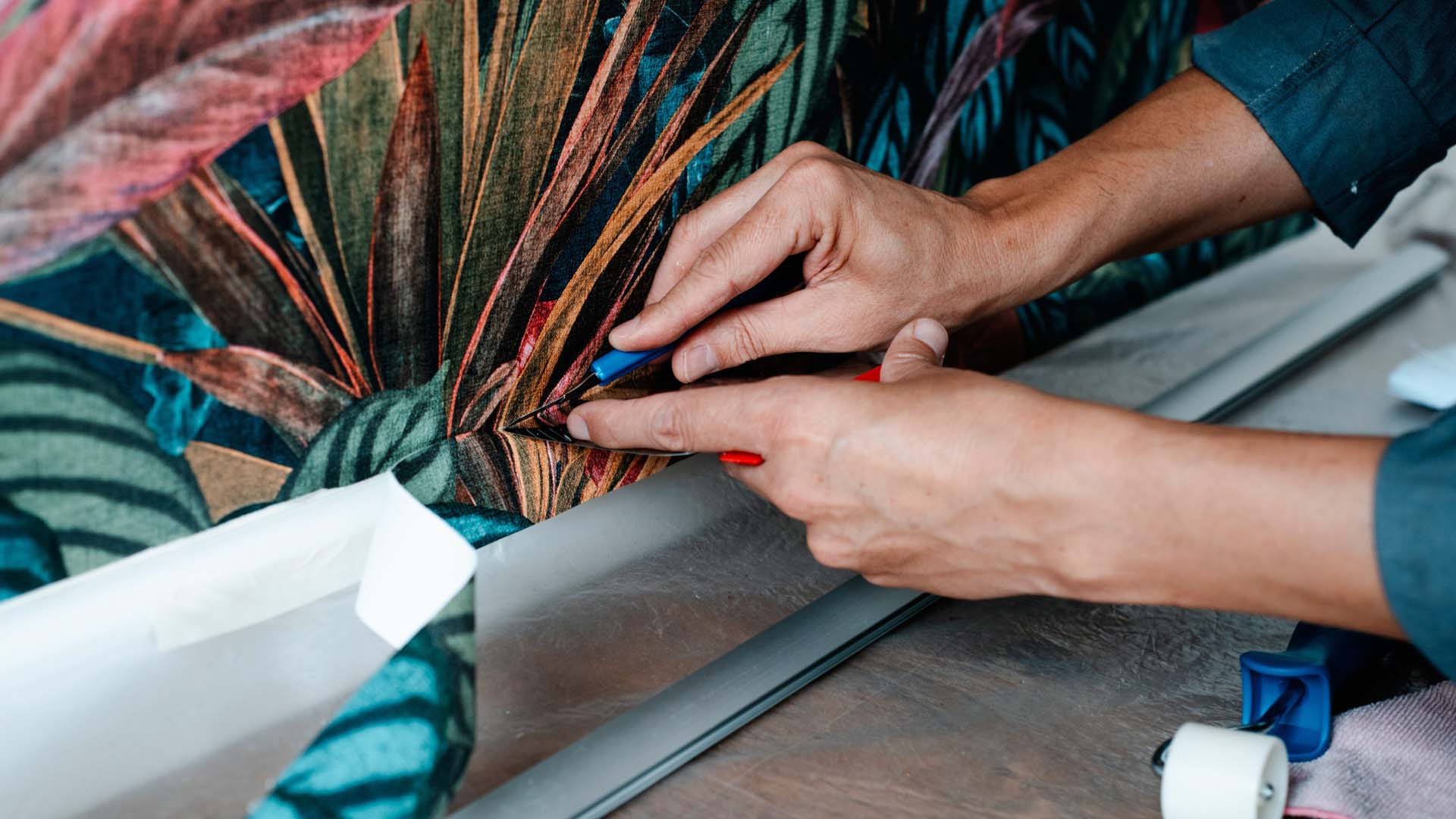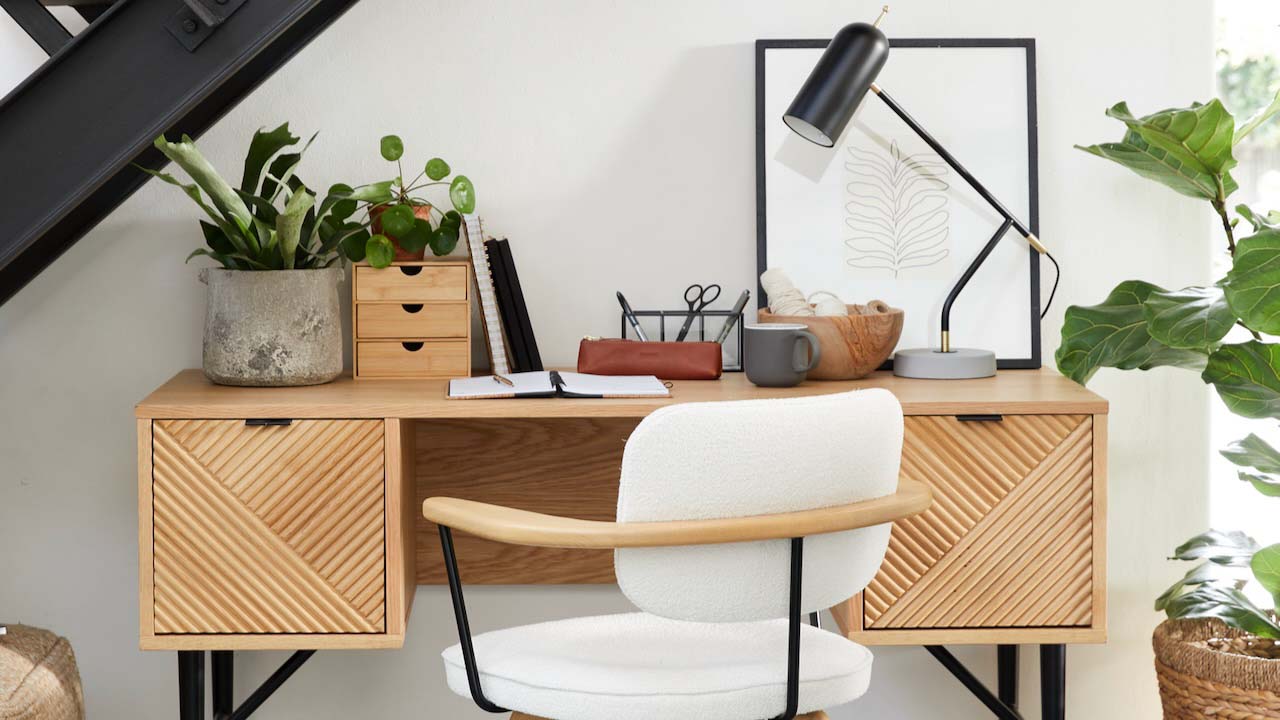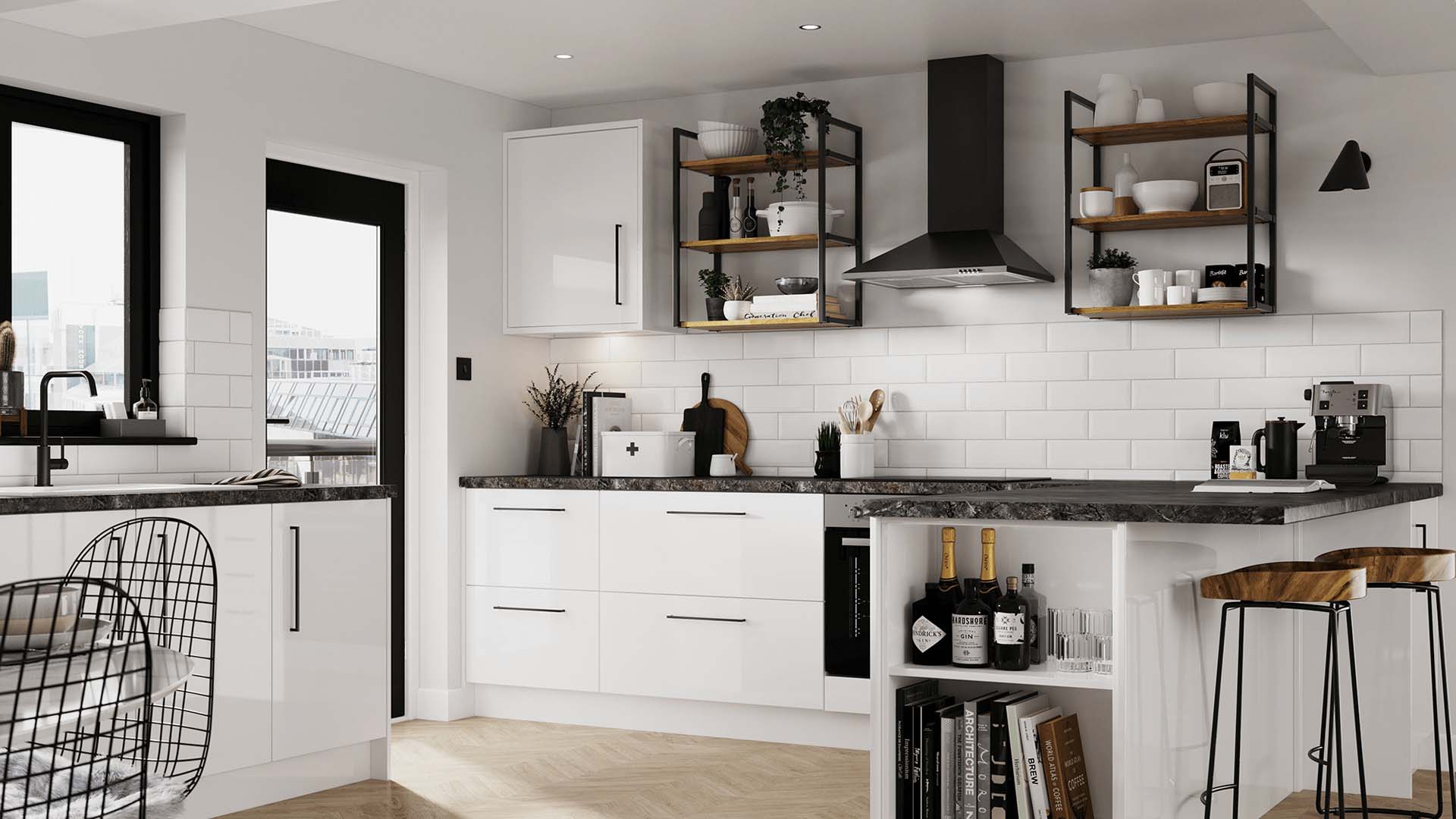
Making sure your entrance is neat and tidy is key to a visitor’s first and last impression of your home. This becomes even more crucial when you are thinking of selling. If potential buyers walk into an unorganised space, it sets the tone for how they view the rest of the house.
As a home stager, one of my key techniques – and one that created a great response from homeowners – was to demonstrate how there is room for coats and shoes. Even in the smallest of entrance halls, by adding a few hooks or a simple coat rack (and maybe some stylish shoe boxes) the look of surprise at the sudden impression of space was usually followed by them asking their partner if they really did need to move.
So, the coat hook can be a secret weapon in your home design arsenal – but with such a wide variety available, how do you work out which is the best one for your home? Do you want hooks fixed to the wall or do you prefer free-standing storage?
While some homeowners have the benefit of a dedicated boot room, many of us must use our hallways for coats, and it’s not always an easy task finding the right hanging combination.
Having tried several coat hooks over the years, I’ve found they’re definitely one of those items worth investing in. If you feel you can bend it just by holding it, then it’s unlikely to carry the weight of your coat for very long.
While very few items last a lifetime, coat hooks are used several times a day. It needs to be strong enough to carry the load for a number of years, and nobody expects them to fail. But given winter coats, in particular, can weigh over 1kg each, quality materials really are key.
Although coat hooks now come in a variety of shapes and sizes, ranging from single hooks to multi-purpose hanging systems, it was the fashion-conscious Victorians who introduced the concept of using hooks and hangers in the home.
As women’s intricate bustles and skirts required clever storage to retain their shape and more men needed to keep their formal workwear in good condition, inventors responded to the call, patenting hundreds of hanger designs.
Ironmongery Experts, an company serving the construction and joinery trade, offers the following advice on their website:
The original design for the coat hanger is claimed to have come from a simple wire hook designed by USA resident, Albert J Parkhouse, in 1903. As fellow workers needed somewhere to hang their coats, he simply bent a piece of wire into two ovals with the ends twisted together to form a hook.
For a busy household needing lots of hooks, a traditional oak and metal coat hook rack can work well if you’ve got a free wall to use. Giving you a clearly identifiable place for coats, if you buy carefully, you can easily double up on hanging space – either through the rack design itself or buy adding more than one to your wall.
This 9-hook rack from the Cotswold Company is a great example of a design that combines tradition with a contemporary clean design.
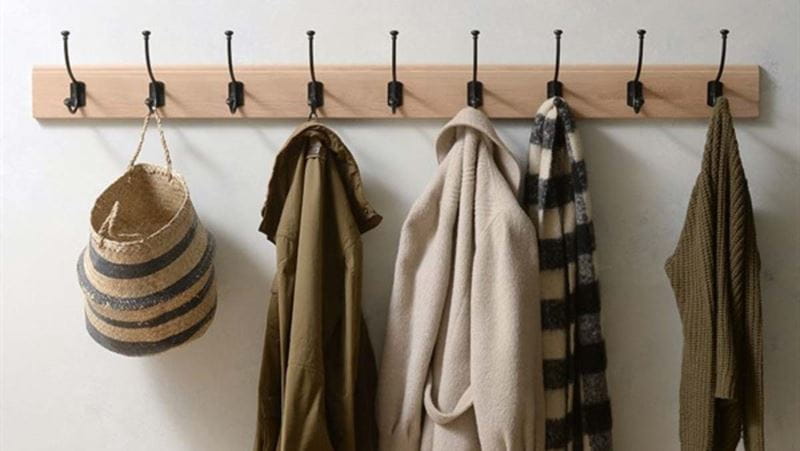
Perhaps one of the most iconic coat hook designs of the 21st century is the ‘Hang it All’ hook designed by Charles and Ray Eames in 1953. With its metal framework and coloured wooden balls, the original system of white frame and brightly coloured balls suited the 1950s pop art style.
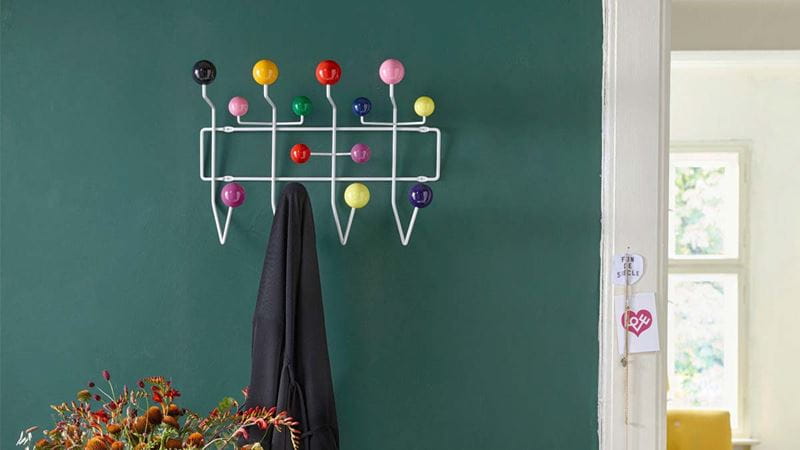
As with many Eames designs, it has transcended the years and remains popular today. Now available in a range of different colour choices, including simple two-tone effects, the design has been widely copied by other brands. If you’re after an original, it’s only made by Vitra.
The ‘Hang It All’ would suit any home with a slightly more contemporary feel. With the variety of colours available, it sits well against any colour wall or material. The uniform spacing of the hooks also means the racks can be fitting alongside each other giving you endless hanging options.
If you have visiting children, the brightly coloured version fitted at an appropriate height is also a great way to encourage them to hang their coats from an early age.
In addition to coat racks, single hooks are another option if you want to use your walls for hanging coats. Although hooks are traditionally u-shaped in design, Scandinavian design company Muuto encouraged us to view hooks in a different way when it launched its simple Dot. With over a million Dots now sold, it’s clearly pulling together a large group of fans.
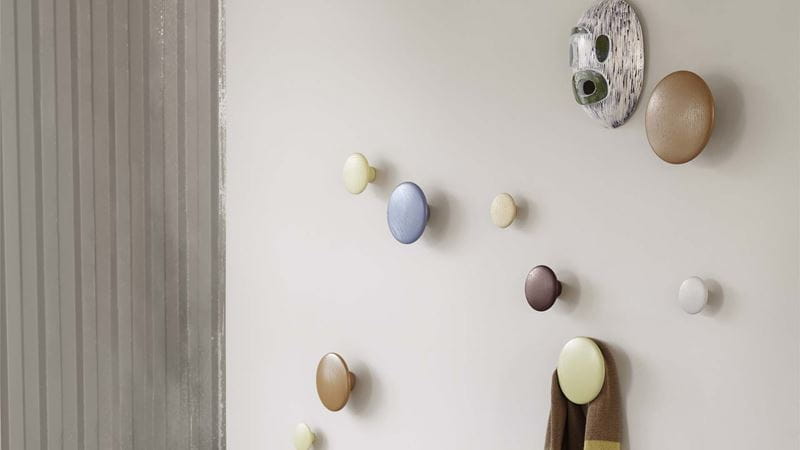
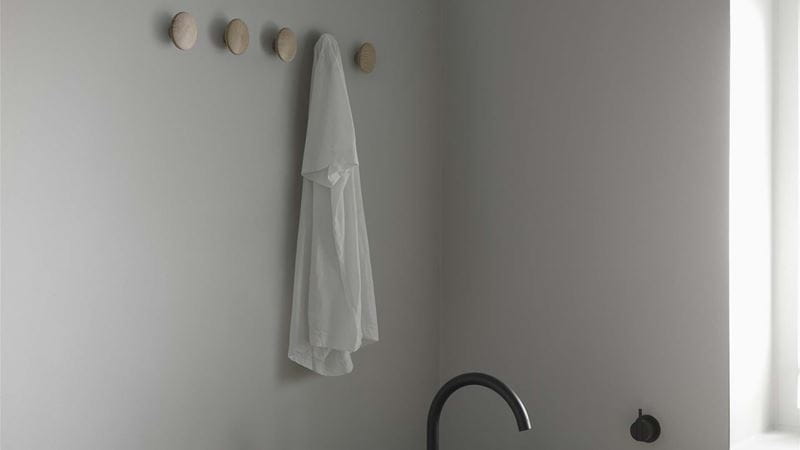
If your collection of bags and shoes has grown at the same rate as your wardrobe of coats, then manufacturers have also recognised the desire for clever storage. Furniture that combines seats, coat hooks and storage is widely available.
Often referred to as a monk’s bench, the design derives from furniture in monasteries where space was at a premium. Seating had to be multi-functional and have a high back to keep out the cold. In today’s world, the designs have become taller to allow the addition of coat hooks.
A great option if you want the functionality of a boot room but only have the space provided by a hallway or utility room. With their solid freestanding construction, there’s also potentially less need to attach items to wall studs – although we’d always recommend you follow the manufacturer’s advice and secure them if necessary, especially if you have kids or pets around.
This beautiful blue coat bench features hooks, a seat and handy open shoe storage underneath.
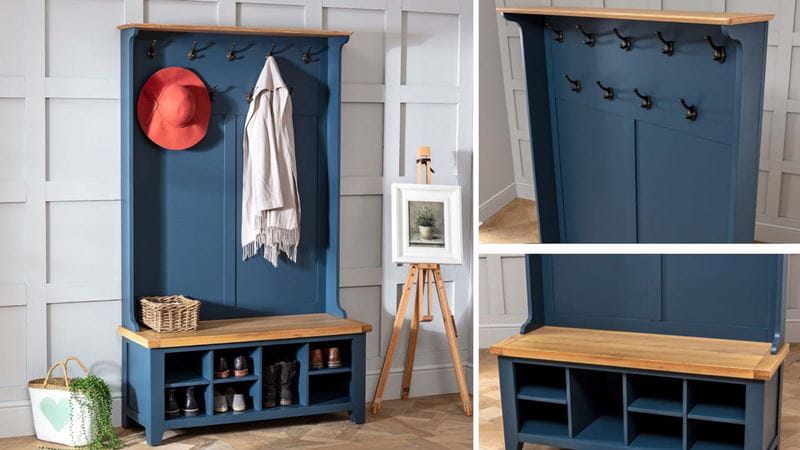

Since first picking up a paintbrush and experiencing the joy of re-decorating her bedroom in a questionable red, white and grey scheme as a young teenager, Sarah Harley was hooked on the world of interior design. This obsession even led to a real life ‘Grand Designs’ project in 2005 when she donned a pink hard hat and appeared on TV screens, project managing the renovation and extension of a Grade II listed 17th century Folly in South Wales.
Throughout her career, Sarah has gained an array of experience in several different roles, ranging from copywriting, PR, events management and photography to interior design and home staging.
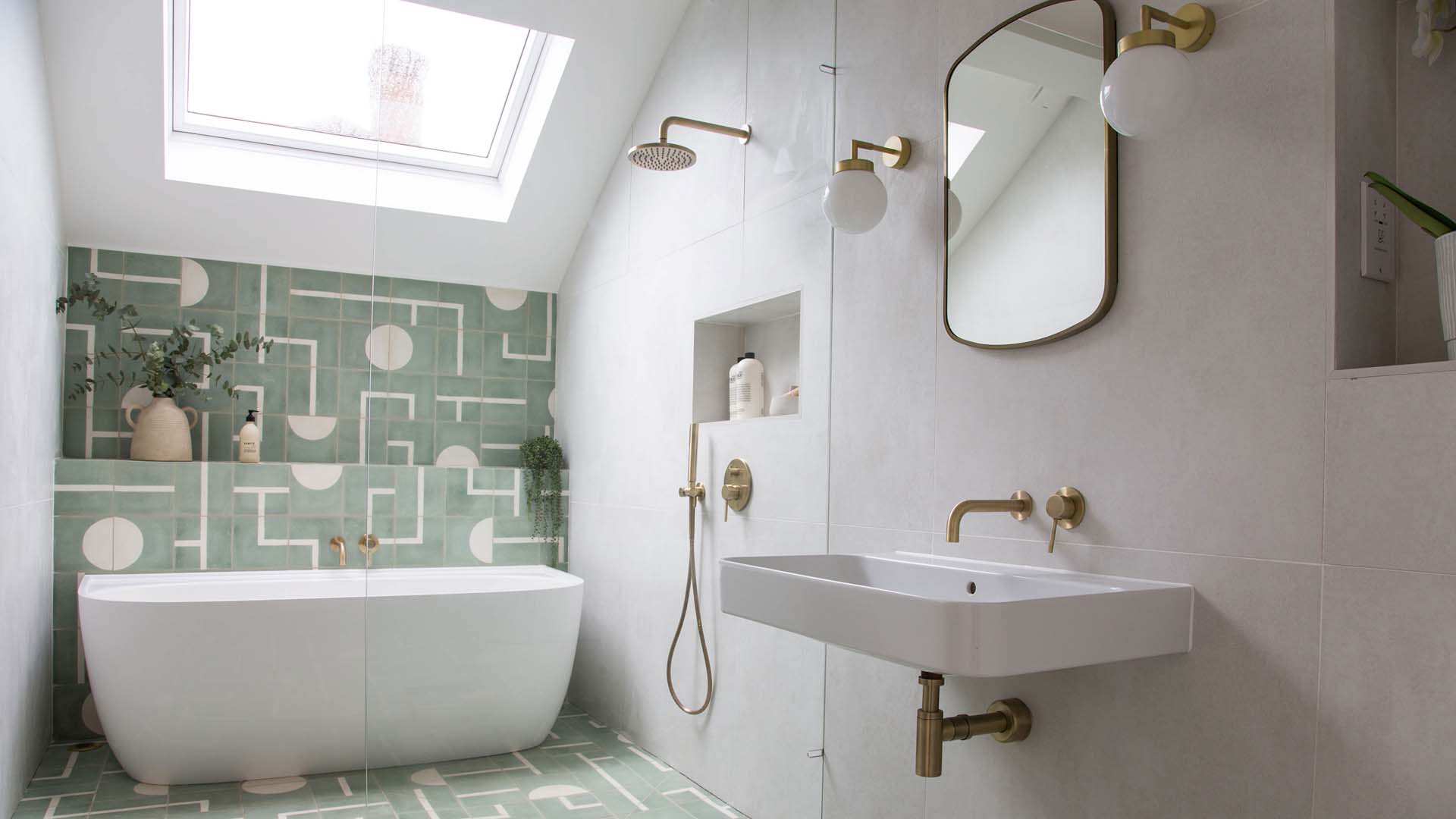
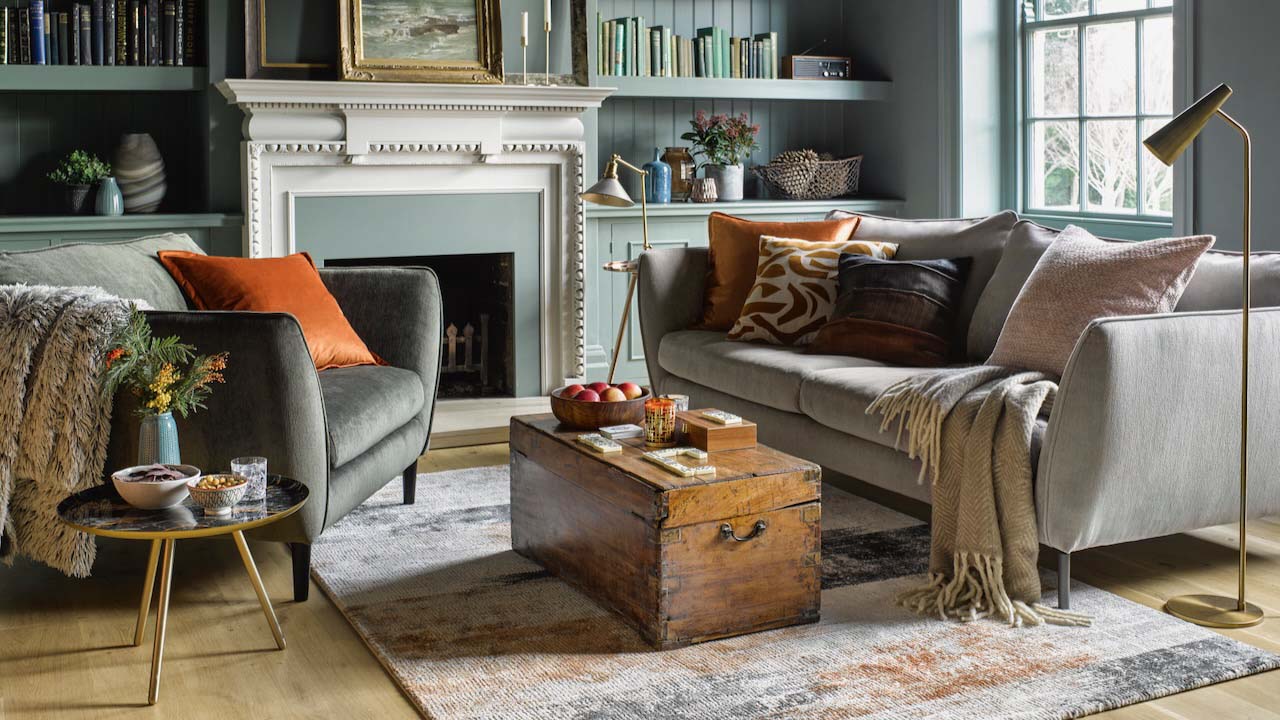

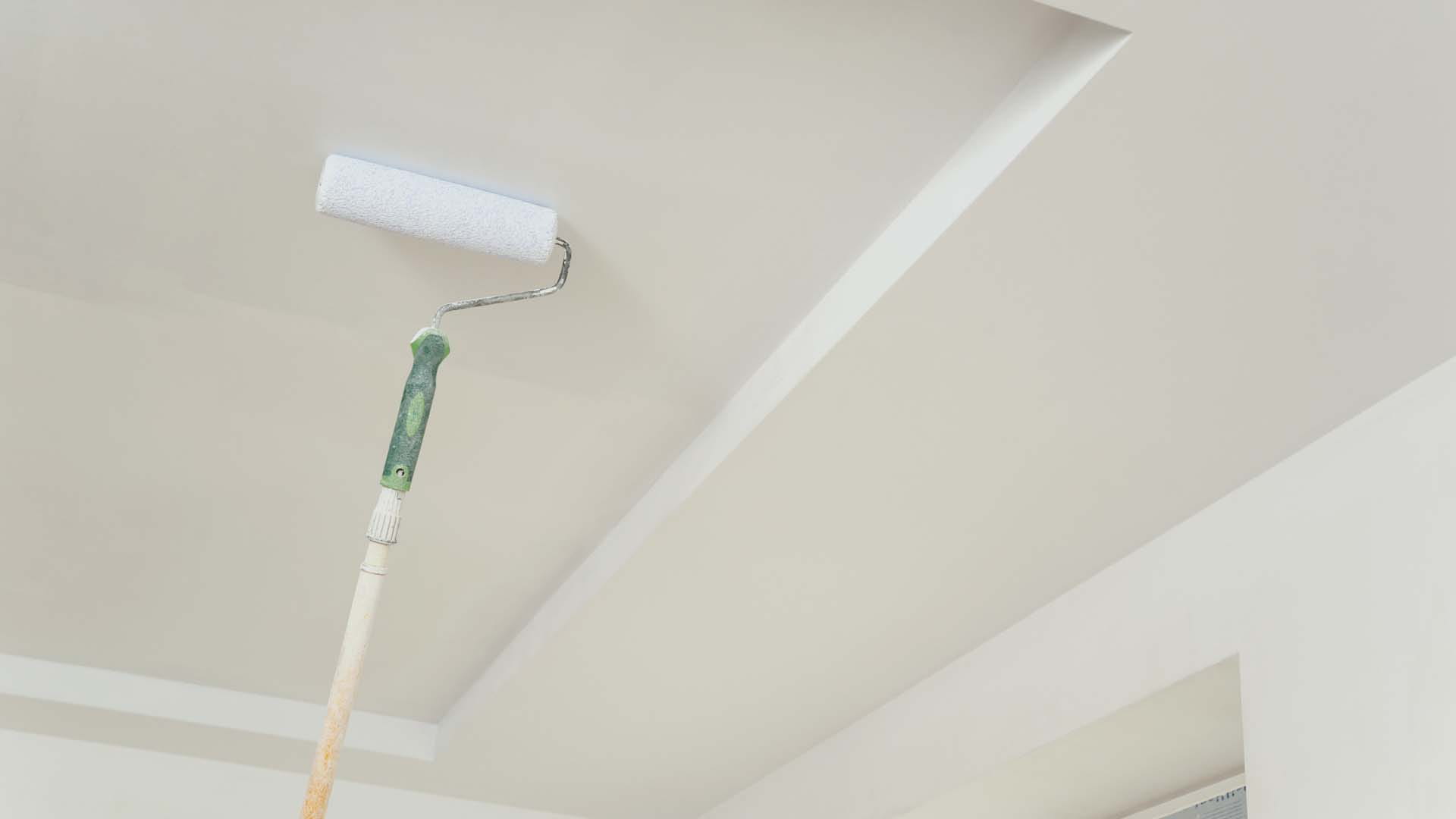
The best advice on preparing and painting your ceiling from a professional.
